If you visit Kilmainham Gaol Dublin, you’ll be introduced to the story of Grace Gifford and Joseph Plunkett.
As we gather in the chapel, here in old Kilmainham Gaol,
I think about these past few weeks, or will they say we failed?
From our school days, they have told us we must yearn for liberty
Yet all I want in this dark place is to have you here with me.
According to Rod Stewart, the oft-recorded Irish ballad ‘Grace’ is “one of the greatest love songs ever written.” The poignant story of Grace Gifford and Joseph Plunkett is immortalized in the song and within the walls of Dublin’s Kilmainham Gaol.
The gaol mirrors Ireland’s social and political history over a 150-year period. A guided tour of the facility, and a self-guided tour of the museum, is an informative journey through Irish Republican history. It’s a must-see addition to travel plans for Ireland.
Visit Kilmainham Gaol Dublin
Plan ahead. ‘Penal tourism’ is growing in popularity, and Dublin’s Kilmainham Gaol is no exception. What differentiates Kilmainham from many other decommissioned prisons throughout the world is its association with the struggle for Irish independence. After the Guinness Storehouse, Kilmainham receives the second-highest number of visitors in Dublin. Perhaps it would surpass Guinness were it not for the system of timed tickets at 15-minute intervals with a maximum of 30 visitors per slot. Nevertheless, it attracts 300,000 visitors each year. Access is by guided tour only.
The beginnings — transportation and The Great Famine
Kilmainham Gaol opened in 1796 as the County Gaol for Dublin. The older cells of the West Wing were cold, damp, and dark. They still are. There was no furniture, and toilet facilities were limited to a bucket. Warmth and light were generated by sparsely distributed candles.
The gaol is primarily known for its incarceration and execution of political prisoners. The first of note was Henry Joy McCracken, who was imprisoned in 1798 and hanged two years later.
Transportation led to severe overcrowding in the first half of the 19th century. As convict ships left periodically for the penal colony of Australia, prisoners were sent to Kilmainham to await transportation. It’s estimated that 4,000 prisoners were transported via Kilmainham. Following the failure of the potato crop, the Great Famine of 1845 to 1849 also contributed to overcrowding. Ordinary people driven by poverty, hunger, and desperation were transformed into criminals for offences such as begging and stealing food. Others intentionally committed crimes to gain entrance to the gaol and access to food. Conditions were abysmal. Cells designed for one person held as many as five.
Men, women, and children were housed together. The youngest prisoner on record was only seven years of age.
The East Wing was added in 1861, where it was possible to see all 96 cells from a central viewing area. Rather than replicating the dark corridors of the older sections, the new wing contained a vaulted hall dominated by catwalks and a large glass ceiling resembling a skylight.
Kilmainham Gaol was closed in 1910 and handed over to the British Army, which used it as a military detention centre. From 1916 to 1924, it was used for the incarceration and execution of political prisoners.
The Rising
On Easter Monday 1916, groups of the Irish Volunteers and Irish Citizen Army occupied strategic buildings in Dublin and declared an Irish Republic. Hopelessly outnumbered by British soldiers, The Rising lasted a week before the rebels surrendered. Hundreds were detained in Kilmainham, the leaders in what became known as the ‘1916 corridor.’
The execution of 14 of the leaders the following month inspired public outrage and mass momentum for the establishment of the Irish Republic.
Executions by firing squad took place in The Stonebreakers’ Yard of Kilmainham Gaol. A cross marks the spot where James Connolly was executed. Critically ill from injuries sustained in the Rising, Connolly was transported by ambulance to be shot in the Stonebreakers’ Yard. Unable to stand or sit, he was tied to a chair for his execution.
One of the leaders of The Easter Rising, Joseph Plunkett, married his fiancée Grace Gifford in the gaol chapel the night before he was shot. An artist and cartoonist who was active in the Republican movement, Grace returned to Kilmainham under different circumstances in 1923 when she served three months because of her political cartoons.
While imprisoned at Kilmainham, Grace painted pictures on the walls of her cell.
The end of an era in Irish history
After the War of Independence of 1919–1921, Kilmainham was used by the British Army to house captured members of the Irish Republican Army. During the Civil War of 1922–1924, the gaol was again used for Republican prisoners. When the Civil War ended, the gaol was closed for good.
A future President of Ireland, Éamon de Valera, was one of its last prisoners.
A new era to preserve history
Like other former prisons around the world, Kilmainham Gaol was on a path to demolition. After a long period of neglect, a restoration committee was formed in 1960 to preserve it as a monument to Irish nationalism. Many members were veterans of the tumultuous years of 1916 to 1924.
Their plan was to open the gaol six years later in 1966 to commemorate the 50th anniversary of The Rising. The memorable event was opened by Éamon de Valera, President of Ireland.
It’s amazing that most of the restoration over a thirty-year period was achieved by volunteers. Their efforts to preserve such a significant part of Irish history are astounding. In 1986, responsibility for the upkeep and management of the gaol was transferred to a government department.
Tips for visiting Kilmainham Gaol
- When planning your Dublin itinerary, book your tour of Kilmainham Gaol as soon as you know your dates. Do so online as timed tickets are limited.
- Allocate at least two hours. The guided tour lasts an hour, and visitors are free to explore the adjacent museum at their leisure.
- Part of the tour is outdoors, so dress accordingly. Indoor sections can be cold.
- Photography is allowed, so pack a camera.
The verdict
When combined with a visit to the Emigration Museum, a tour of Kilmainham Gaol offers glimpses into significant events that paralleled the life of the prison. One cannot leave without a deeper understanding of these events that led to Irish independence and the sacrifices of those with such a pivotal role. It’s a moving experience. For information on how to visit Kilmainham Gaol, visit the website.
If your travel plans include Ireland, you may be interested in:
- Tips on renting and driving a car in Ireland
- Visit Titanic Belfast where the legendary Titanic was designed and built
- For something different, a delightful Dublin vintage tea tour

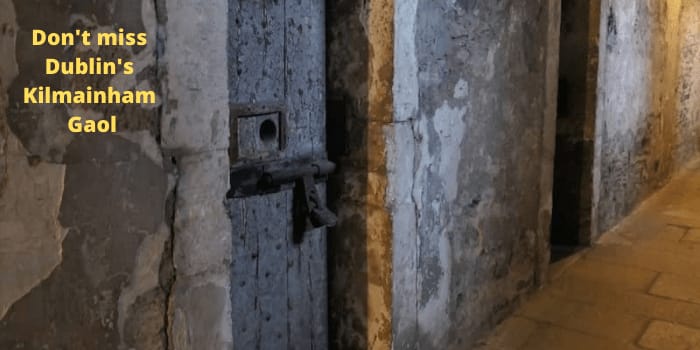
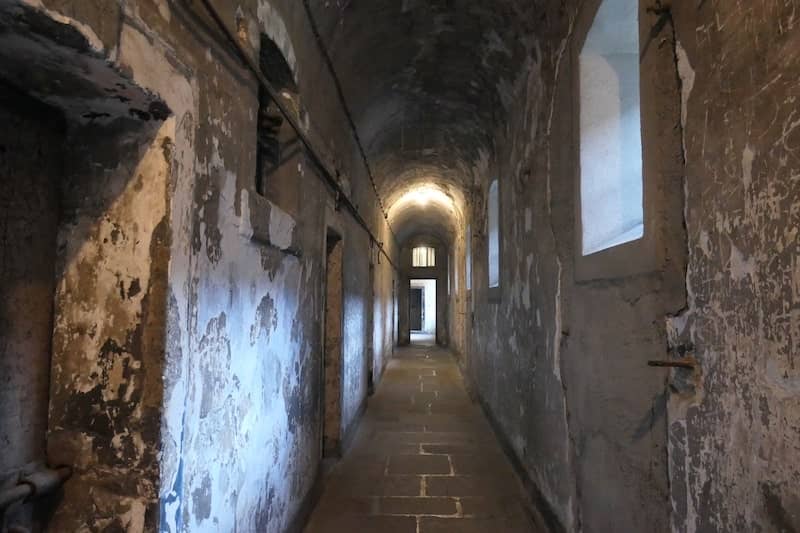
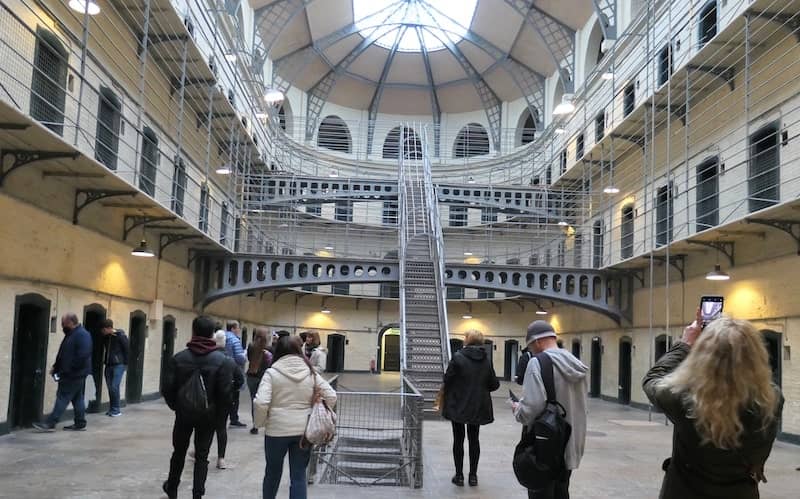
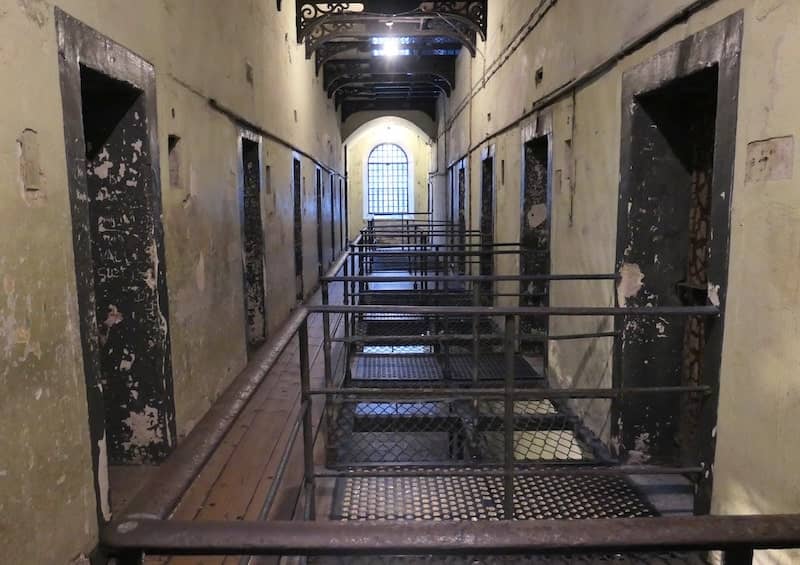
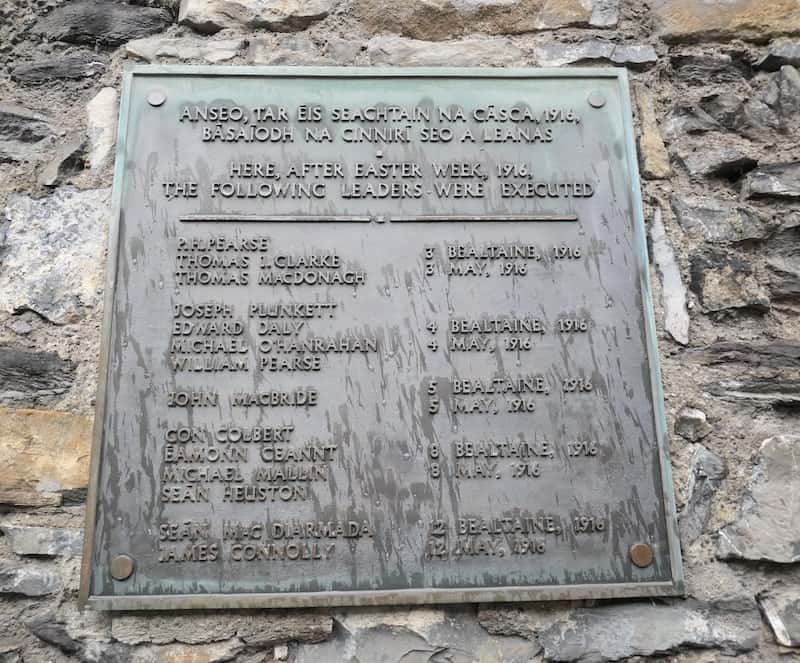
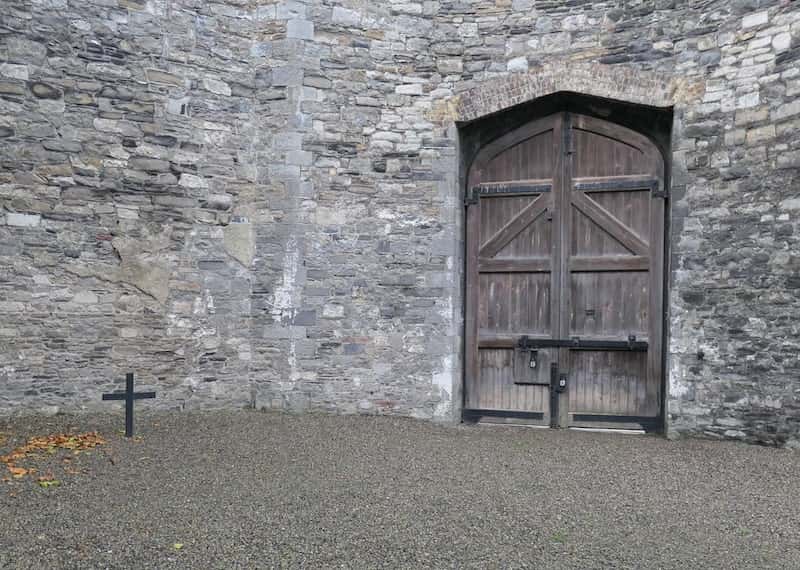
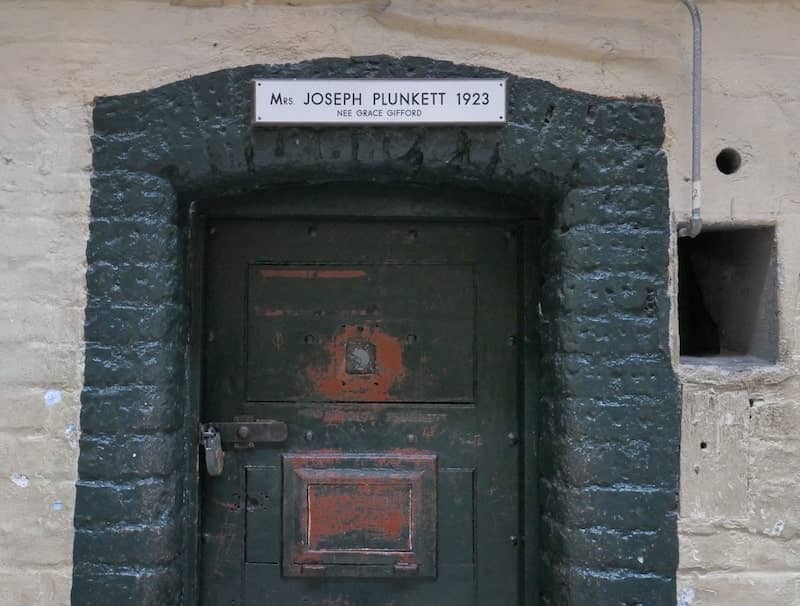
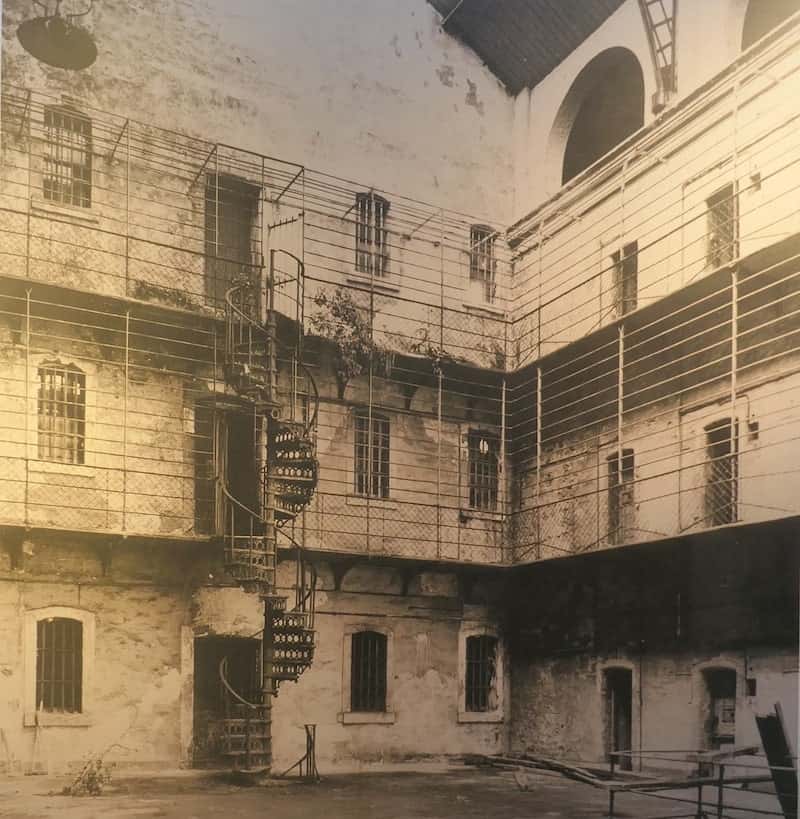
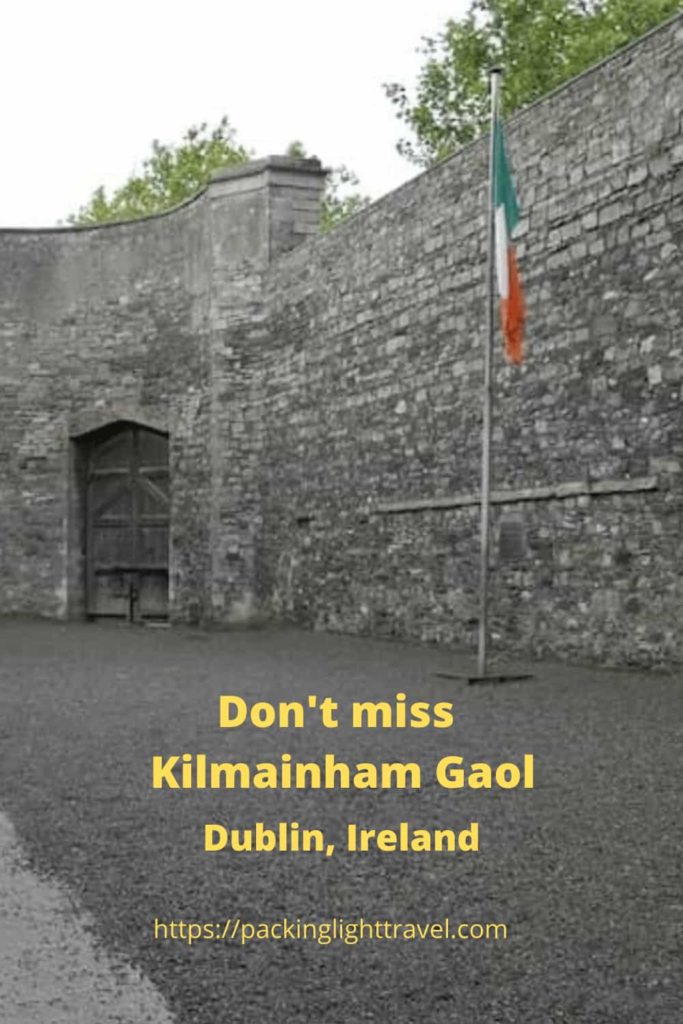




Thanks. When I visit your site I feel like I am traveling and can’t wait to be able to do so again. Kilmainham Gaol will be on my list!